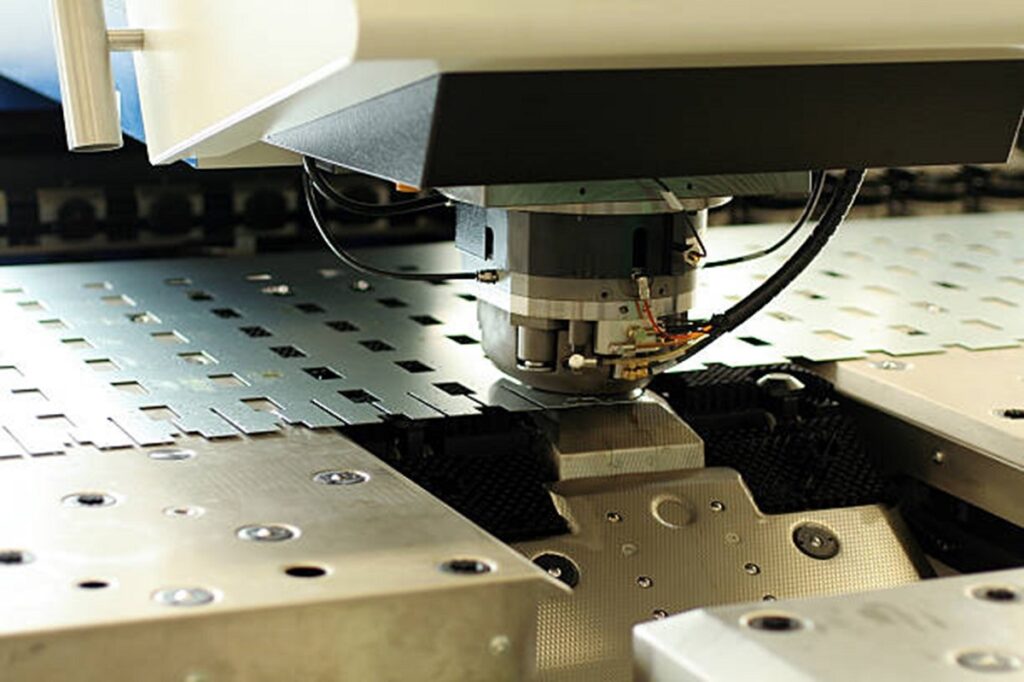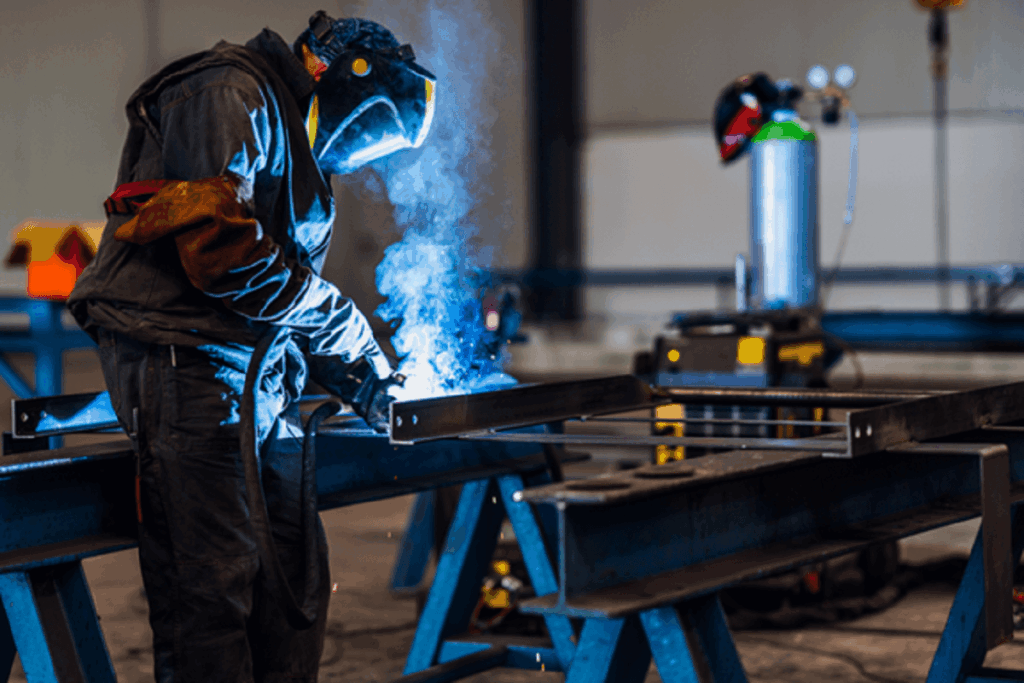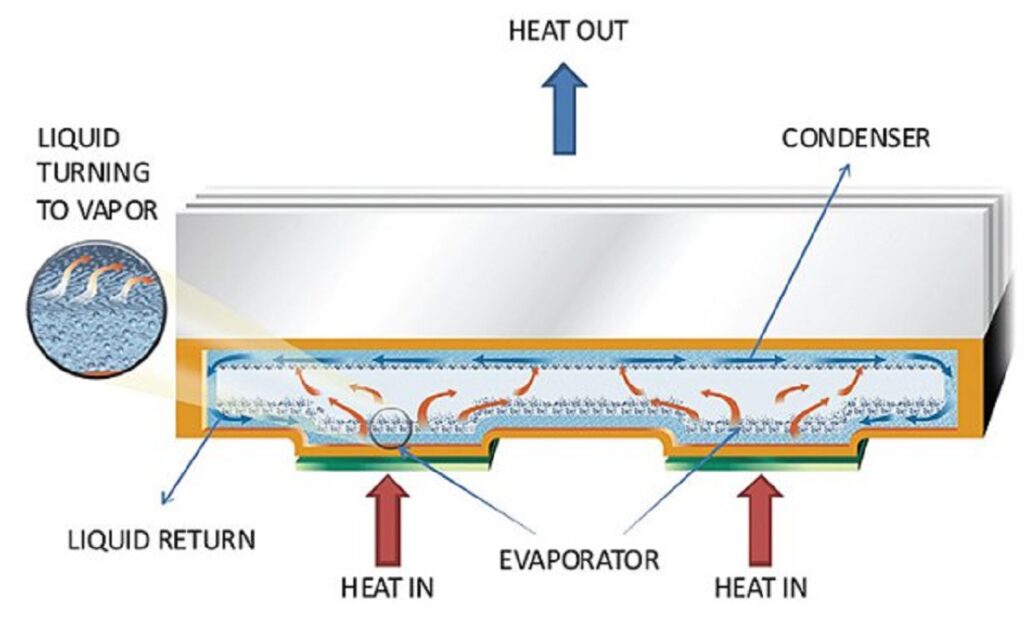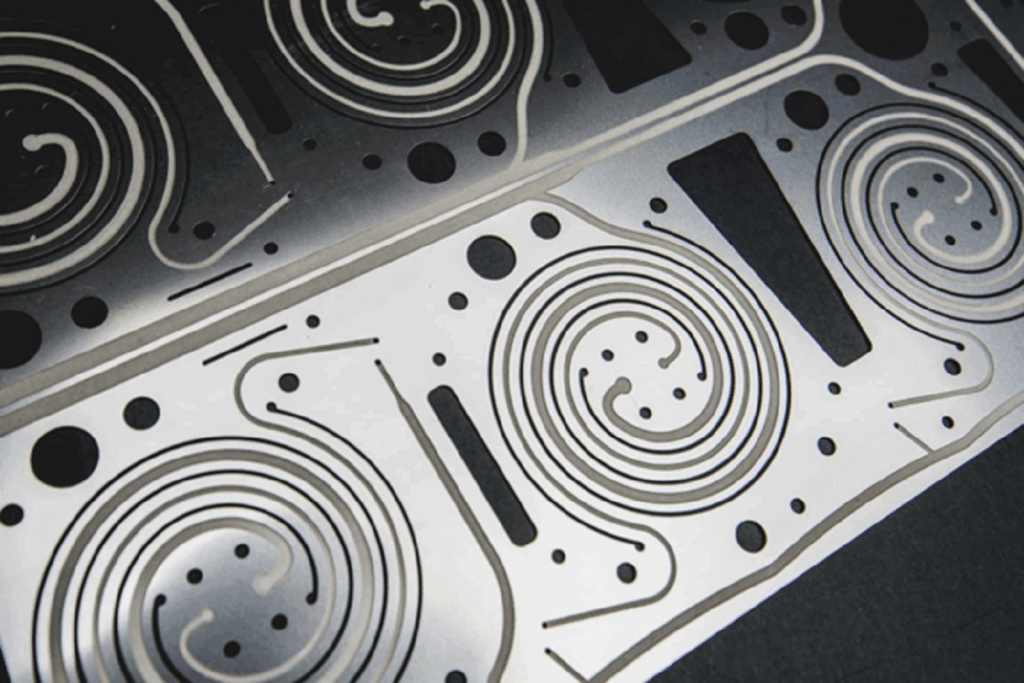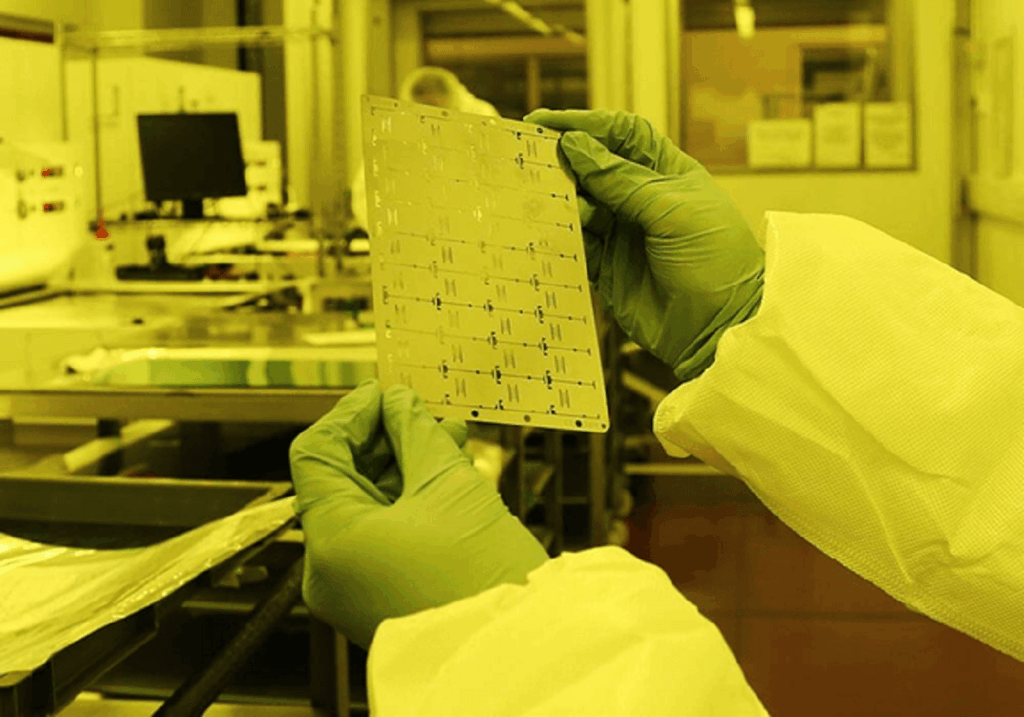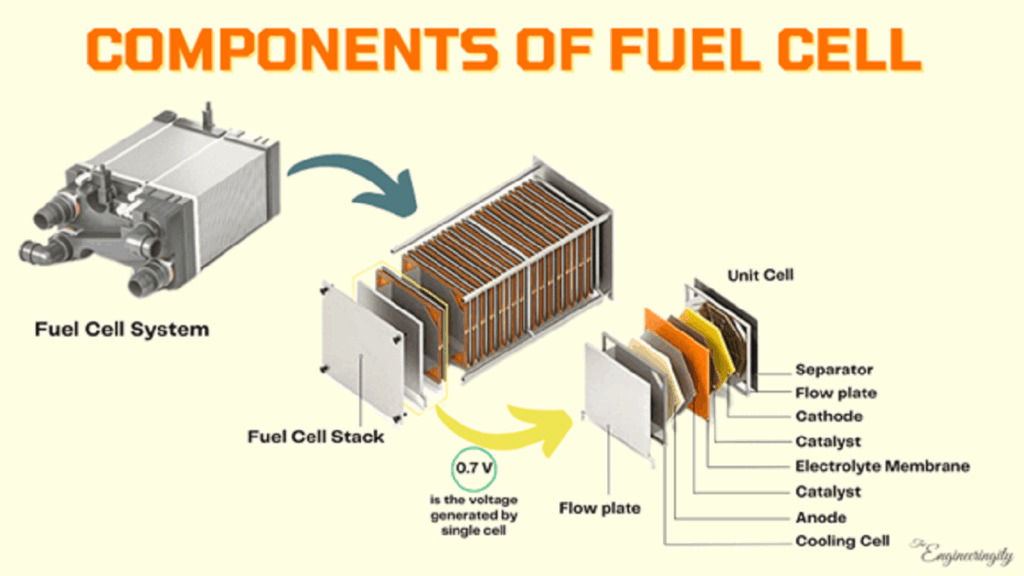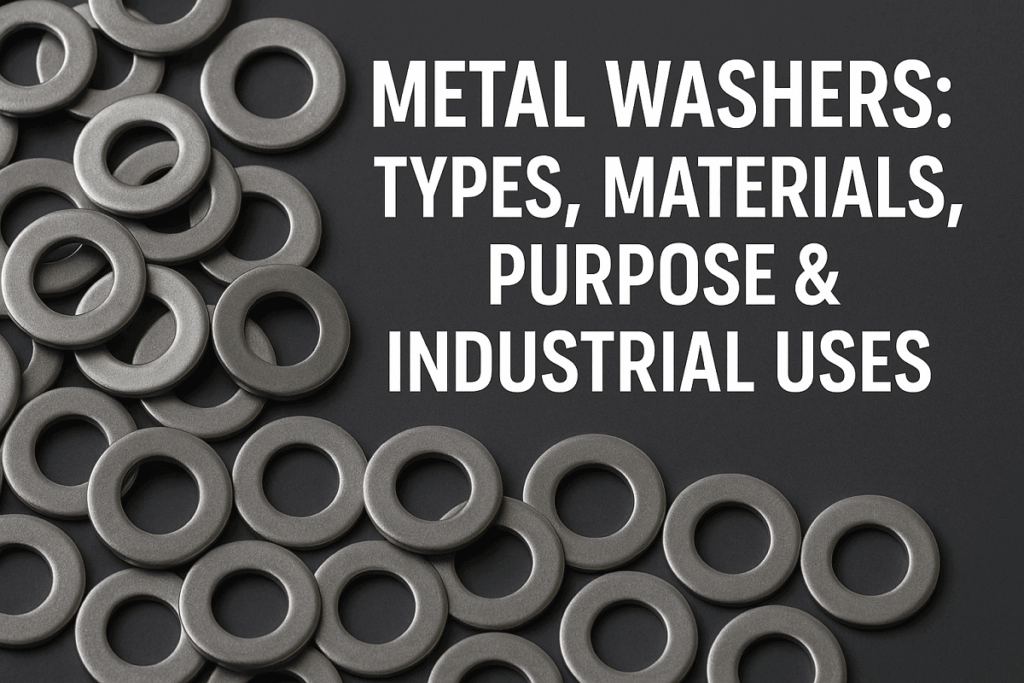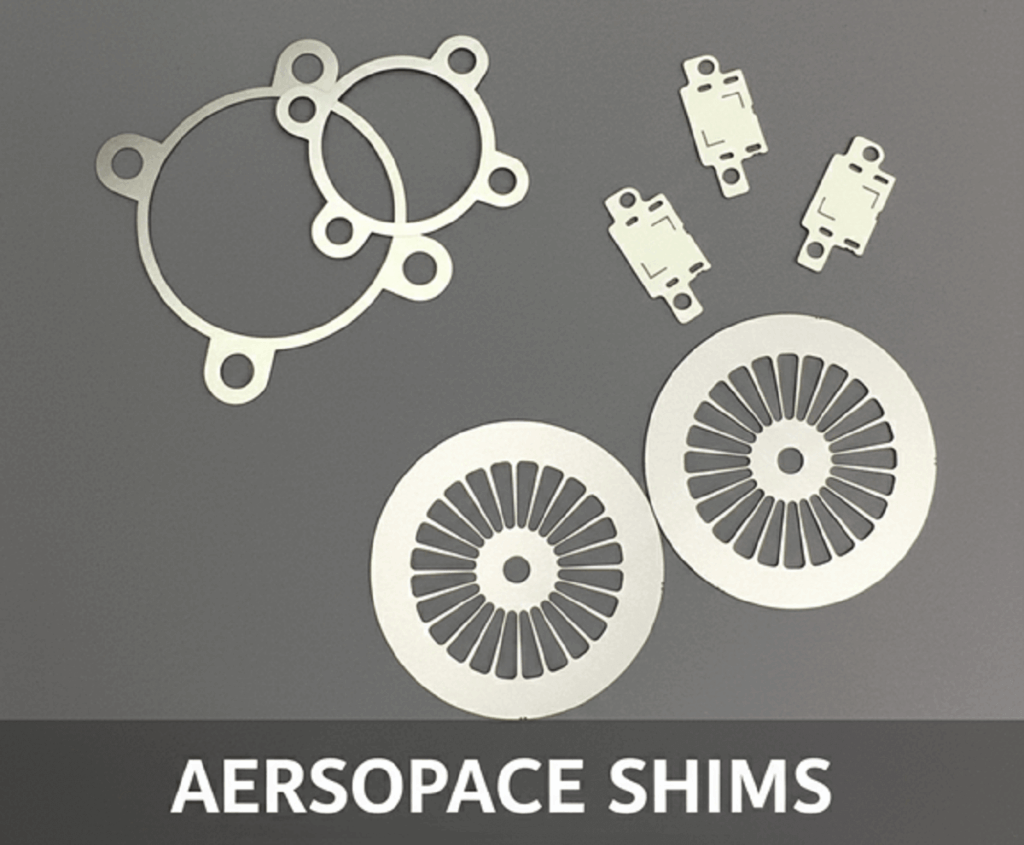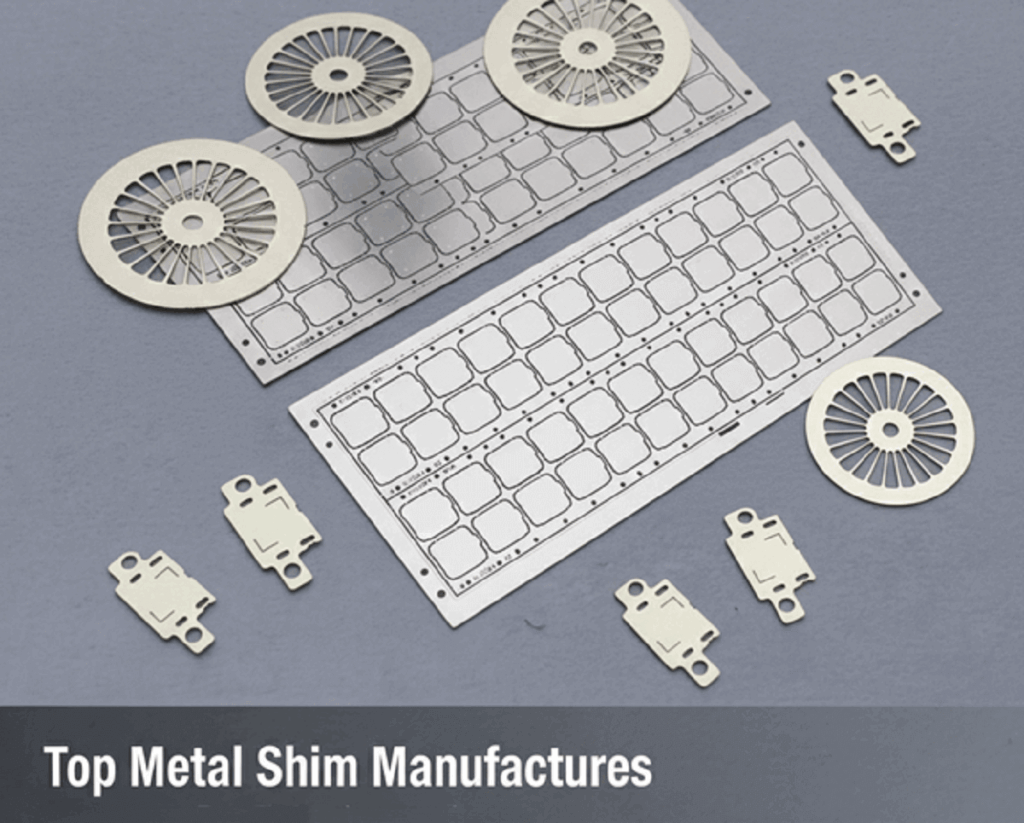Metal Stamping Process & Precision Supplier Guide
Metal stamping is a core manufacturing technique used to produce durable, precise, and high‑volume metal parts. Industries are asking for steel lighter and better geometric tolerances, and today, many companies often find that to achieve the best results, they can combine operations of the metal stamping process and chemical etching to provide them an edge, […]
Metal Stamping Process & Precision Supplier Guide Read More »

